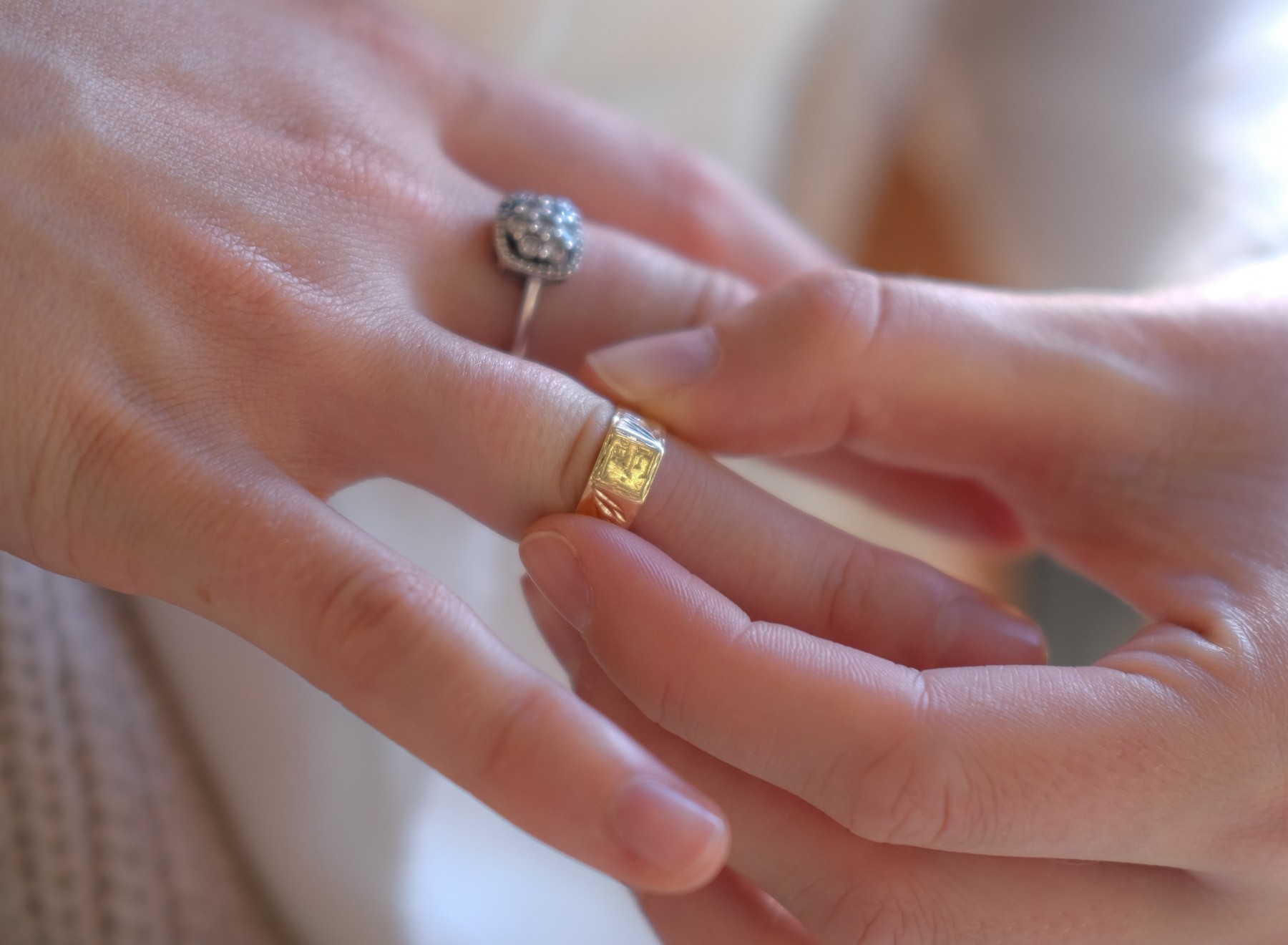It can be found throughout the world but most commonly in Australia and most opals are of very little value. But the best opals can command prices per carat that rival the most expensive diamonds, rubies and emeralds.
Quality factors of Opal
Individual opals can vary widely in appearance and quality. There are three main aspects of an opalâs quality: ⢠Colour - Background colour and play-of-colour An opal might display a single colour, two or three colours, or all the colours of the rainbow. Black background, bright play-of-colour as well as a wide colour range is prized characteristics by opal lovers. Red is considered the best prominent colour. ⢠Pattern - Arrangement of play-of-colour Common terms for play-of-colour patterns include: Pinfire or pinpoint, Harlequin or mosaic, Flame, Peacock. Generally, opal lovers prefer large, closely arranged patches of colour. ⢠Clarity : Degree of Transparency and freedom from inclusions The level of clarity preferred depends on the opal type. For crystal opal, experts prize transparency, while they prefer an opaque background for black opal. In addition cut and carat weight are also important. ⢠Cut - the cut will depend on an opals colour, pattern and clarity. Cutters will fashion the gem in a way that maximizes colour or saves weight. ⢠Carat weight - Opals can vary in size and carat weight. Opal has relatively low density compared to many other gemstones so even larger sizes can be comfortable to wear.Assembled Stones
Cut opals are generally solid stones. However, as the fire layers can be really thin, some artisans cut the stone down to the thin colour layer and then cement it to a backing. This black obsidian back provides a contrasting background that makes the play of colour in the precious layer more obvious. These two part stones are called âopal doubletâ. When a domed top of colourless quartz or clear glass is added, it is called an âopal tripletâ. The clear top acts as a magnifying lens and enhances the appearance of the thin precious layer, and also protects from abrasion and impact.Natural, Synthetic or Imitation?
Because of opal's beauty and desirability people have been producing materials that look like opal for nearly a century. Synthetic opal is made from a material that has the same chemical composition (hydrated silicon dioxide) as genuine opal. An expert can easily recognize the lab-created opal from looking at the fire pattern: it looks like thin snippets of foil embedded in a glassy matrix or streaks and spots of fire with a geometric shape.Imitations are made from plastic or another glassy substance that is not silicon dioxide. They would normally have a pearly âopalescenceâ appearance rather than a genuine âplay of colourâ. TREATMENTS- Opals can be treated to enhance their appearance using smoke or sugar treatments. Experienced Gemmologists would be able to identify these types of treatments using their trained eye and knowledge.
Send AnchorCert Gem Lab your opals for testing!
AnchorCert Gem Lab has the expertise and facilities to test and identify natural or synthetic opals. Gemmologists use mainly visual observation to assess this particular stone. At least two gemmologists would view your stone and discuss their findings before giving a definitive result. Gemstone Identification results can be given verbally or as written reports which can then be supplied along with the item. The Gem ID service takes 10 â 15 working days to complete. For more information please visit the AnchorCert website by clicking on the report image. Alternatively to speak with a member of the team please call 0121 236 2122.Your item has been added to the basket
You need to create an account, or login before you can add this item to your basket.













